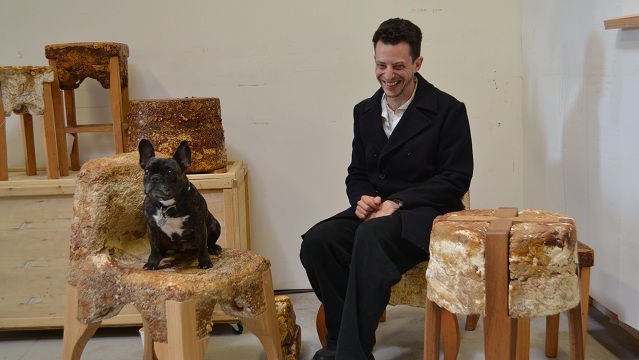Why build a home if you can grow one? San Francisco-based artist Phil Ross has spent the last 20 years developing sustainable materials from mushrooms.
Although Ross originally cultivated mushrooms as food, he quickly became fascinated by their potential as an artistic medium. He started growing sculptures and other structural forms out of fungus. And through a process he calls “mycotecture,” Ross crafted furniture, interlocking blocks, and a small tea house.
But what started as an art project has now turned into a business venture. At the end of 2013 Ross co-founded the startup company MycoWorks as the first step on his quest to “mycotecturize the world.”
"This stuff can be used to replace a lot of engineered woods, a lot of plastics, a lot of materials that we can't even think of," said Ross, who is now the company’s chief technology officer. "It just seems like an inevitability that this is going to be a popular material."
Ross’s creations start out as bits of reishi mushroom, an edible fungus commonly sold as a health supplement. But he’s not growing the familiar fruiting bodies you’ll find at the store. Instead, Ross relies on the mushroom’s root structure, known as mycelium, to form the substance of his materials.

